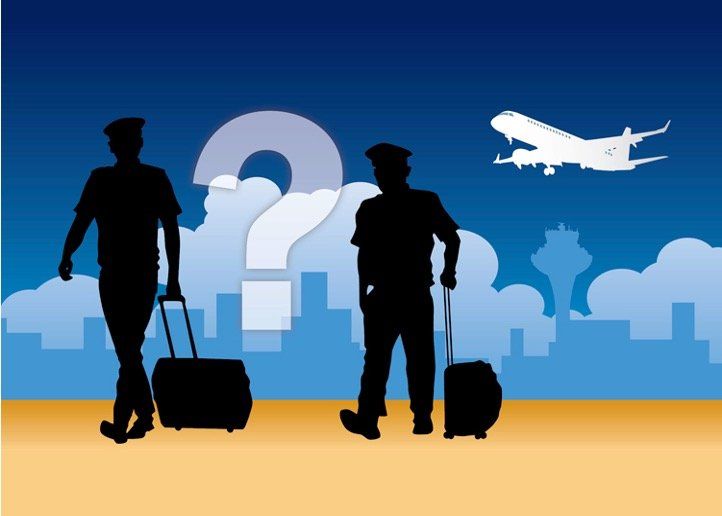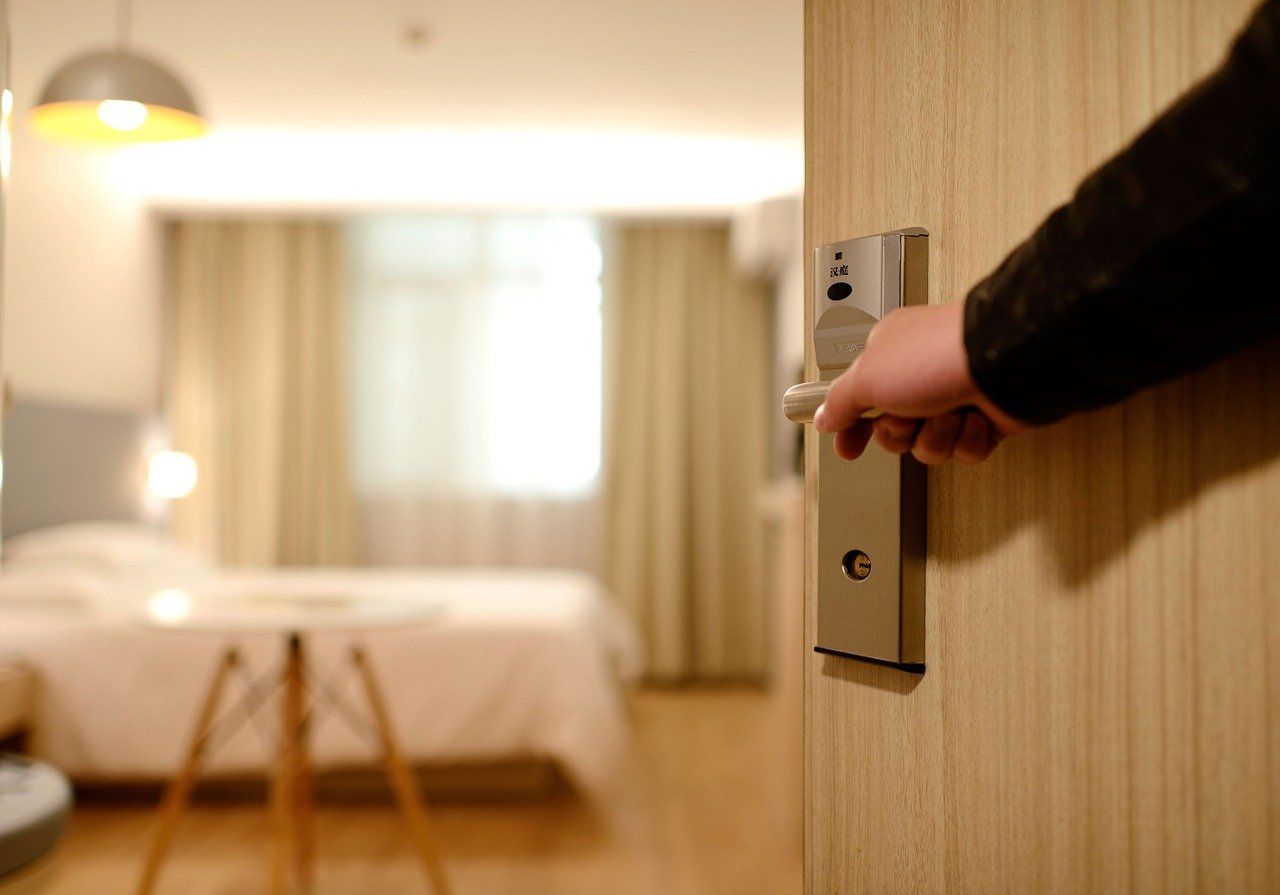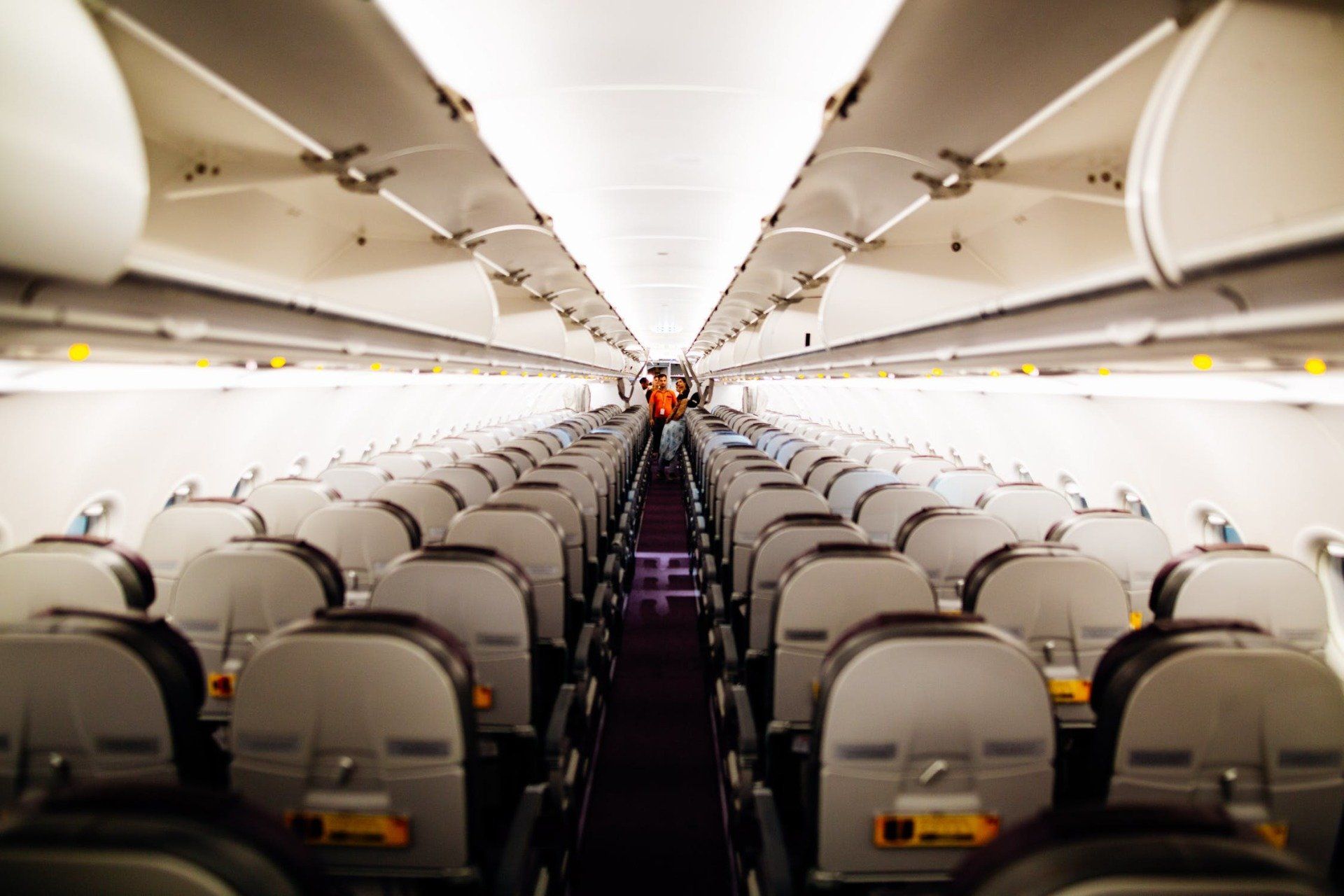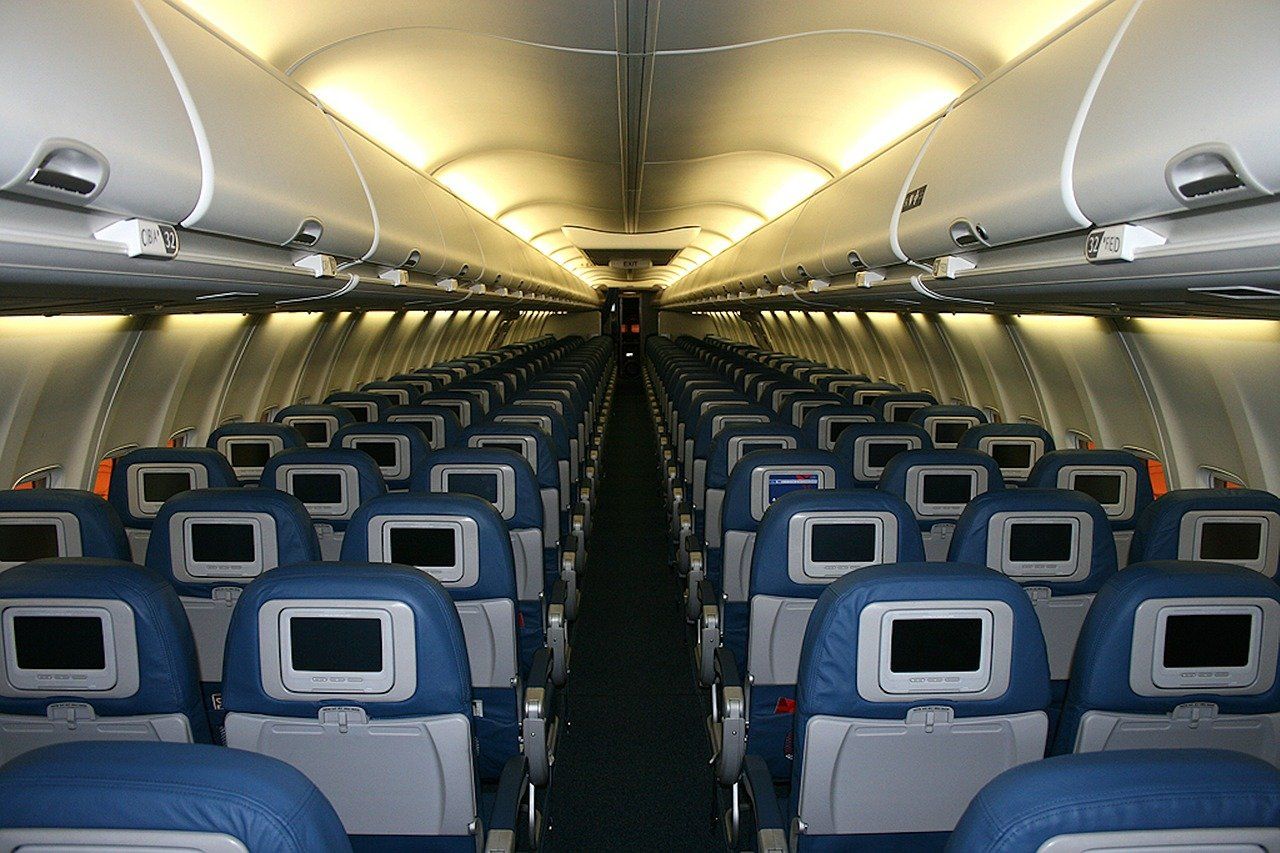The Hotel Star System: How Does It Work?
- By Jessica Elmore
- •
- 16 Jul, 2016
- •

You’ll commonly hear a star ranking attached to a hotel, such as “three stars” or “four stars.” Higher is better, of course, but what exactly is the criteria to earn each star?
Unlike the restaurant world, which has strong independent rating systems like Michelin and Zagat, there is no real unified standard that backs the star ratings of any given hotel. This is illustrated by browsing some of the third-party booking sites, like Expedia or Travelocity. They’ll often have completely different star ratings for the same property! That’s because they’re either applying their own internal system, or they’re relying on the hotels to self-report their own star level.
In the United States, the concept of hotels being rated with stars started with the Mobil Travel Guide. This still exists as the Forbes Travel Guide, but it is not a universal standard for hotel star ratings. Other countries have stronger independent star standards, such as the European Hotelstars Union and Star Ratings Australia, but their classification systems don’t necessarily line up with those of any other entity.
In the end, a hotel’s star rating should be taken more as a rough guideline of the general category it is in rather than an exact expression of what to expect when you get there. For example, a hotel with only one star is likely to be an older roadside mom n’ pop motel or a Motel 6, something that basically offers little more than four walls, a roof and maybe a small styrofoam cup of coffee in the morning. Two stars roughly equates to the budget chains that are slightly nicer and offer a bit more for amenities, such as a very basic continental breakfast — chains like a Quality Inn or Days Inn. Three stars would be a slightly more upscale and plush hotel that still generally stays under $100 a night in all but the most expensive areas, for example a Comfort Inn or a Best Western. Four and five stars are in the serious luxury hotel territory, but also where you can expect a minimum of three digits in cost per night. Contact elm Planning today to help you find the ideal hotel for your next event.

During the pandemic, thousands of pilots were offered early retirement packages in order to cut labor bills due to the lack of travel demand. Now that travel for pleasure and business is rebounding from the pandemic, approximately 14,000 flights in the US were recently cancelled or delayed due to the lack of pilots, carriers, and other staff.










